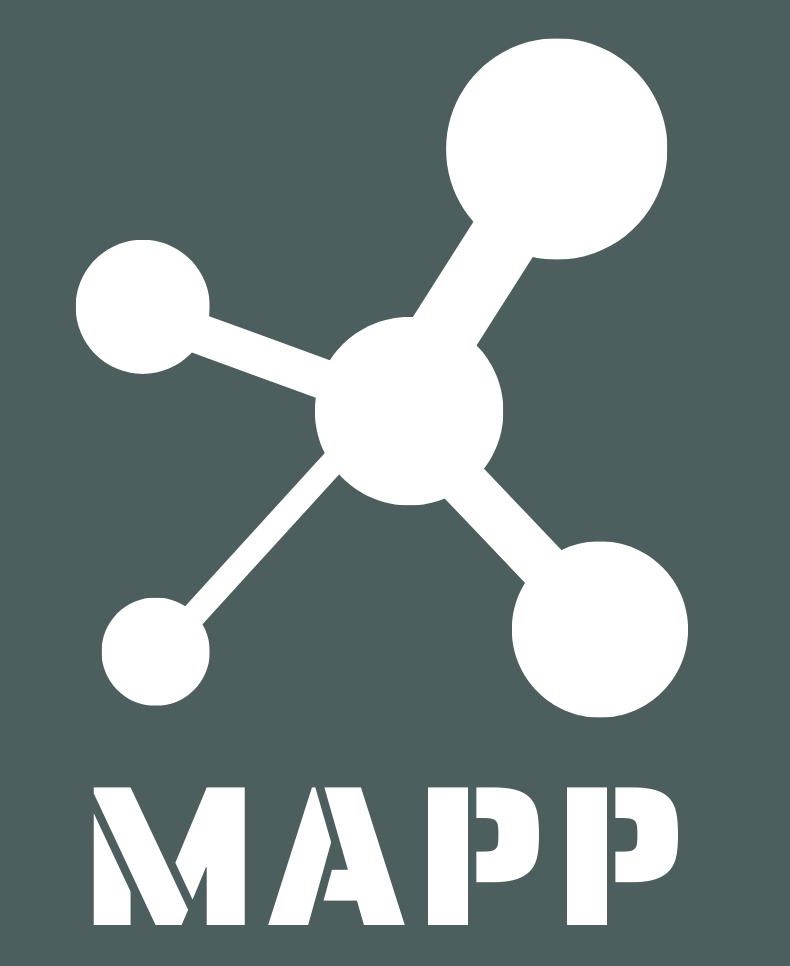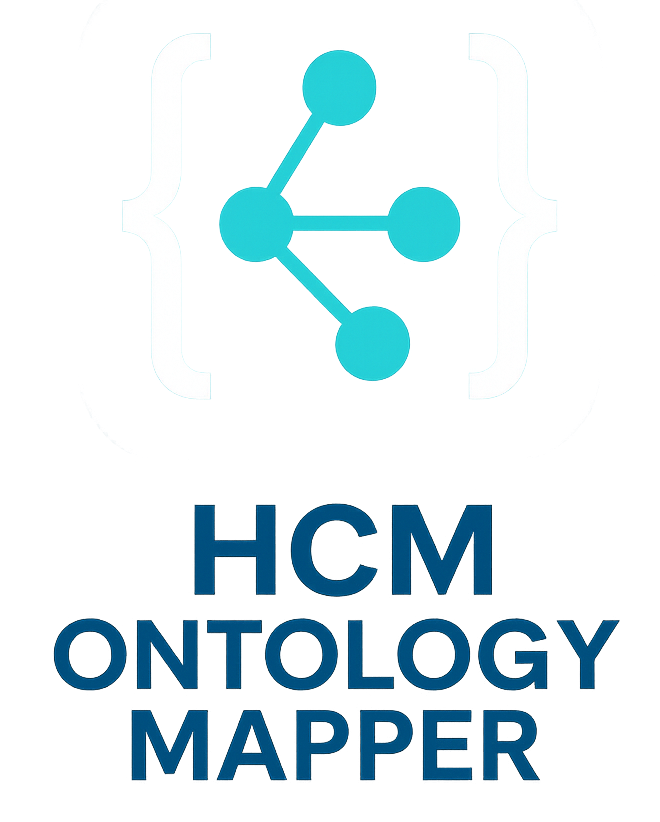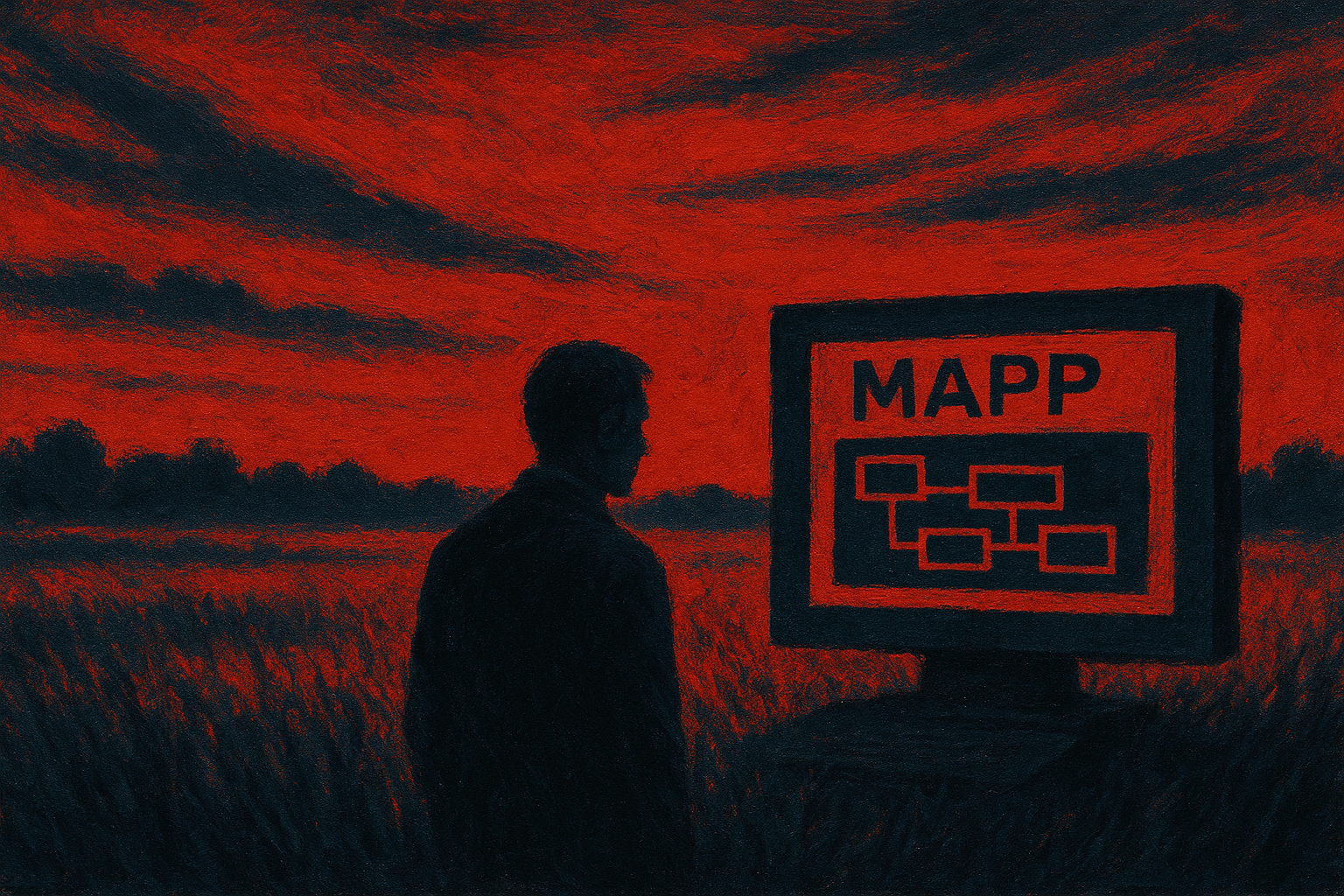FAIRRR 3/5 — Inside MAPP: API‑First Metadata for Reproducible Research
This article is part of the FAIRRR series: 1 · 2 · 3 · 4 · 5
This is Post 3 of 5 in the FAIRRR series. Previous: FAIRRR, Explained • Next: Case Study—HCM with MAPP + Ontology Mapping
Why API‑first beats forms‑first
- Interoperability: integrate ELN/LIMS, devices, and pipelines programmatically.
- Automation: capture in‑flow with fewer manual steps and fewer errors.
- Governance: versioned templates, roles, and validations at the edge.
What MAPP captures
- Subjects and cohorts, with identifiers and lineage.
- Procedures, protocols, and deviations.
- Devices, firmware, and environment.
- Behaviors and outcomes.
- Analysis pipelines, inputs/outputs, parameters, and versions.
Standards under the hood
- Persistent identifiers for linkability.
- Community ontologies for semantics and comparability.
- Provenance (who/what/when/where/how) and versioning.
Example payload sketch (illustrative):
{
"study": {"id": "STUDY:123", "title": "Open Field"},
"animal": {"id": "ANML:001", "strain": "C57BL/6J"},
"device": {"id": "DEV:OF-01", "model": "OF-Cam", "firmware": "1.3.2"},
"procedure": {"id": "PROC:OF", "ontology": "OAE:0001"},
"behavior": {"id": "MBO:000123", "label": "Exploration"},
"provenance": {"who": "tech_a", "when": "2025-09-01T10:30:00Z", "where": "Room 3"},
"analysis": {"pipeline": "of-v1", "version": "0.9.4", "params": {"fps": 30}}
}
Integration patterns
- ELN/LIMS sync via connectors.
- Pipeline hooks that emit RO‑Crate/PROV‑O flavored exports.
- Repository exports with licenses and DOI metadata.
Governance built‑in
- Role‑based access; review workflows.
- Versioned, reusable templates.
- Validations that keep data FAIR by design.
Series navigation: Previous ← FAIRRR, Explained • Next → Case Study—HCM with MAPP + Ontology Mapping



